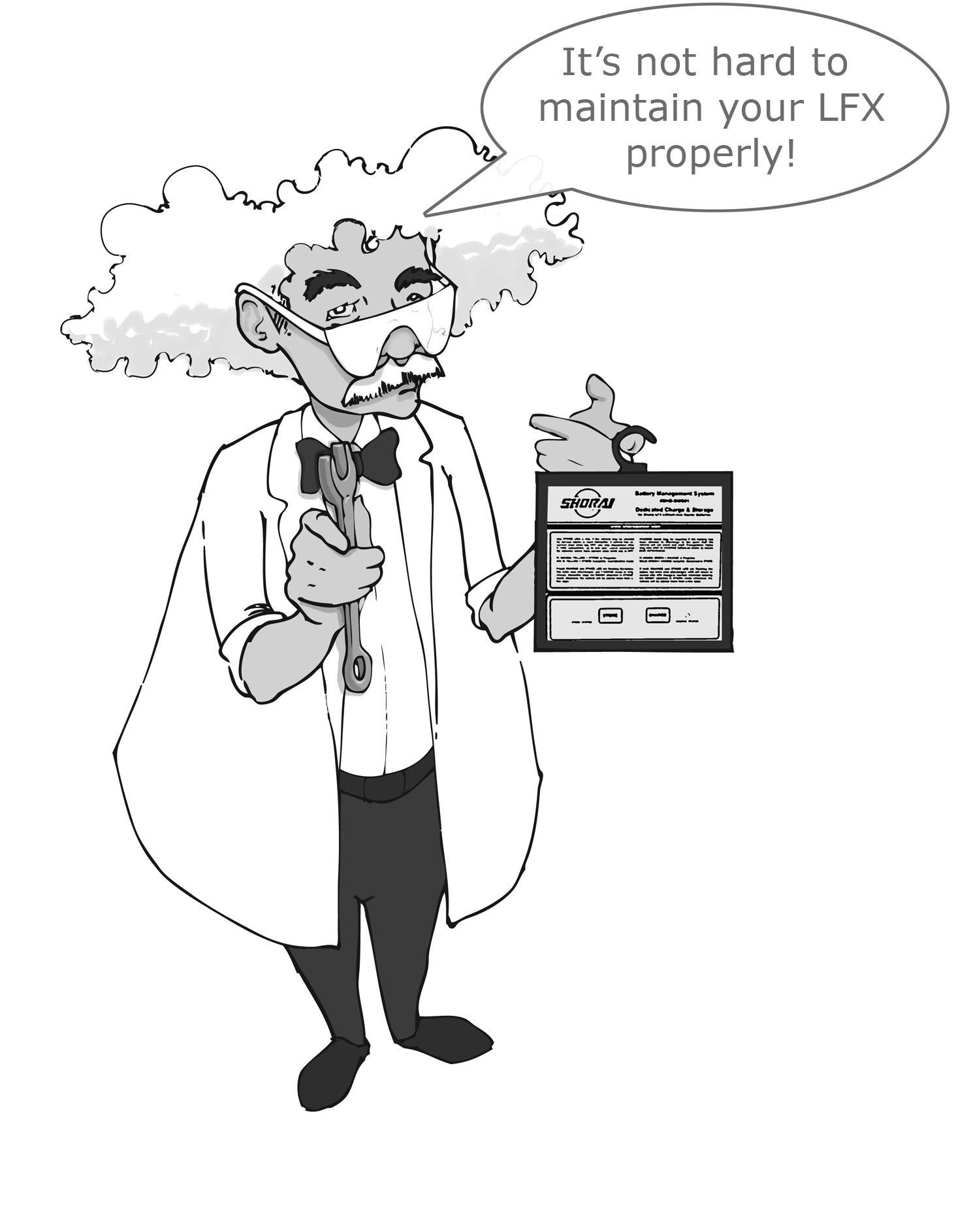Q. LFM vs LFX - What's the difference?
The simple answer to this question is, the LFX and the LFM batteries are the same.
The LFM and LFX batteries share the same case and Lithium Iron Phosphate (LiFePO4) cells. The dimensions and electrical specifications are identical. In mid-2022 Shorai began including a BMS (battery management system) in our batteries to provide over discharge protection. At the time, there was no part number or name change to designate the addition of the BMS to differentiate from the previous generation batteries other than a red dot on the label of the battery. The only way to determine if a battery was equipped with a BMS was by the red dot or by looking up the LOT number from the bottom of the battery. In some cases the dot or LOT code sticker would wear off and it would no longer be possible to identify if it was equipped with a BMS. From a customer service standpoint, this became very difficult. In October of 2024 the decision was made to create a new part number and label for Shorai batteries, the new part number changing from LFX to LFM.
It is noteworthy to mention that the label on the front of the battery was changed slightly at the time the BMS was introduced into the product line. This change was due to the need to comply with IATA regulations. The original label used a PB/EQ rating (scroll down to read more about PB/EQ) to provide customers a way of comparison for Shorai lithium batteries relative to lead-acid batteries — a way to compare "apples to apples." However, to adhere to international shipping standards, the labels were changed to show an actual lithium capacity (Ah) rating.
Please rest assured, the capacity and amp hour ratings of the Shorai LFM batteries remain the same as the LFX-labeled batteries. The cells used in both models are identical. As a side note, all batteries before the BMS change also include the actual Ah and Wh rating on the bottom of the battery on a small sticker.







